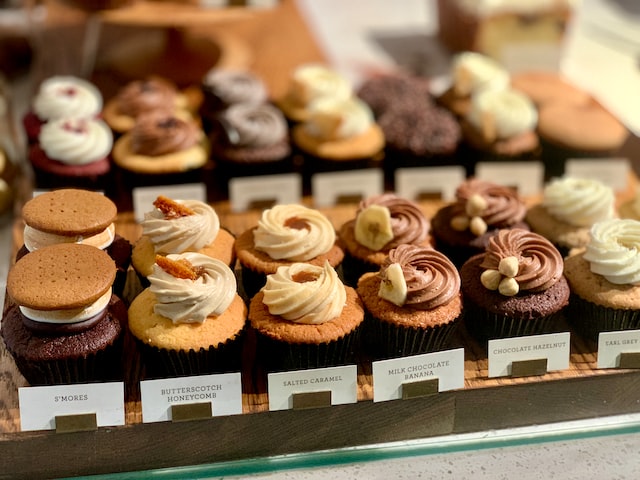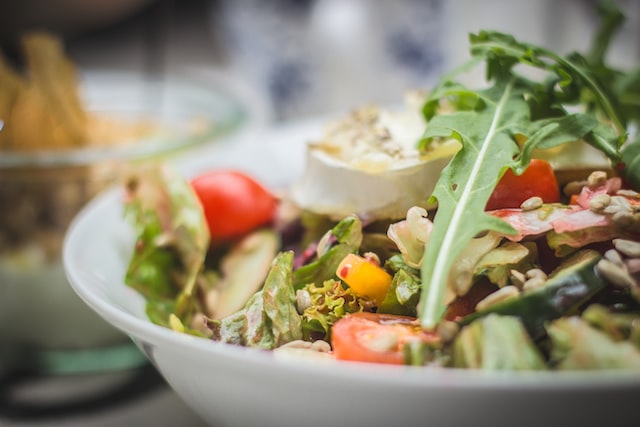How often do you cook using butter instead of oil? Most cooks would say they rarely or never use butter for cooking. Why don’t you want to try it out?
Butter has long been considered a luxury food item even though its health benefits are well documented. The World Health Organization recommends limiting consumption to 2 tablespoons per day because of high saturated fat levels.
There are several ways to cook with butter. Some of them include baking, sautéing, roasting, and grilling. Each method offers unique advantages depending on how much butter you plan to add. For example, adding extra moisture to foods such as cakes and breads requires moderate amounts of melted butter. On the other hand, drizzling butter over vegetables is best done slowly. If you’re unsure where to start, read our guide to the 4 main types of butter.
4 Types of Butter
1. Organic Butter
This type of butter comes from cows fed exclusively on grass without any artificial growth hormones. It does not contain added chemical flavor enhancers or preservatives.
2. Unsalted Butter
Although most commercially available salted butter contains salt, this doesn’t indicate it was artificially flavored. Look for unsalted butter labeled “100% Pure Cream Butter”. The term 100% means that there were no added ingredients, such as stabilizers, emulsifiers, colorants, or chemical flavoring agents.
3. Natural Butters
There are two kinds: organic butter, and nonorganic butter. Non-Organic Butter is made from cream obtained from pasteurized milk. Natural Butter can only come from cream obtained from raw milk. To be considered natural, the butter should have at least 30% milk solids; however, some manufacturers claim their products are 99% pure.
Since cream must be heated above 150°F (65°C) before being churned into butter, organic dairy farmers must use more energy than conventional producers. As a result, organic milk costs between 25% – 50% more than that produced conventionally.
4. Cultured Butters
These kinds of butter are cultured from cream-containing bacteria cultures. Their production produces fewer pollutants than traditional butter-making methods. However, many consumers consider these kinds of butter too strong tasting to eat.
Why Is It Important to Cook With Butter?
Cooking with butter offers numerous health benefits. It gives baked goods a rich aroma and taste while keeping calories down. In addition, it adds richness and moisture to sauces and gravies. It also softens when heated which allows meat to cook faster.
The Food & Agriculture Organization of the United Nations says 1 tablespoon of butter contains 250 kcal (1140 kJ). This makes it one of the highest-calorie items in your diet. Consuming large quantities of butter is unhealthy. One study found that women who consumed more than 12 grams (0.4 oz.) of butter daily had higher risks of breast cancer compared to those who ate less of it. Another study showed a link between eating margarine or vegetable shortening and an increased risk of pancreatic cancer.
Butter has the lowest fat content of all fats, at just 8%. When cooking with butter, use small pieces so they melt quickly and don’t burn. Avoid using a lot of butter because then it will take longer to heat up. A thick layer of butter will cause food to steam rather than brown.
Best Uses Of Butter
1. Baked Goods
A good way to make pastry dough flakier is by melting butter and incorporating it into the mix. You can also brush melted butter onto hot biscuits to give them a crisp crust. Bake bread loaves with melted butter instead of oil. Sprinkle slices with chopped fresh herbs like thyme and oregano after baking to bring out their flavor.

2. Sauces and Gravies
Use butter to add richness and body to sauces and gravy without adding extra calories. Add butter to tomato sauce for an authentic Italian flavor. Mix powdered sugar with softened butter until creamy, then add vanilla extract for a delicious topping on the cake.
3. Soups and Stews
You can thicken soups and stews with melted butter. Use a whisk to incorporate the butter into the soup and stir until smooth. Melt butter in a pot over low heat and let it bubble away until golden. Then pour the mixture into individual bowls and serve warm.
4. Salads
Dressings can be made thicker by mixing mayonnaise with softened butter. Season salad greens with lemon juice and olive oil, drizzle with flavored oils, and top with a dollop of warmed butter.

5. Meatloaf
Meatloaf is traditionally made with lard. If you want a lower cholesterol version, try making a loaf with half regular butter and half olive oil.
6. Roast Beef
Brush roast beef with olive oil and season it with salt and pepper. Put the beef in a roasting pan and cover it with aluminum foil. Remove the foil every 15 minutes during roasting. Serve with horseradish sauce and sauerkraut.

